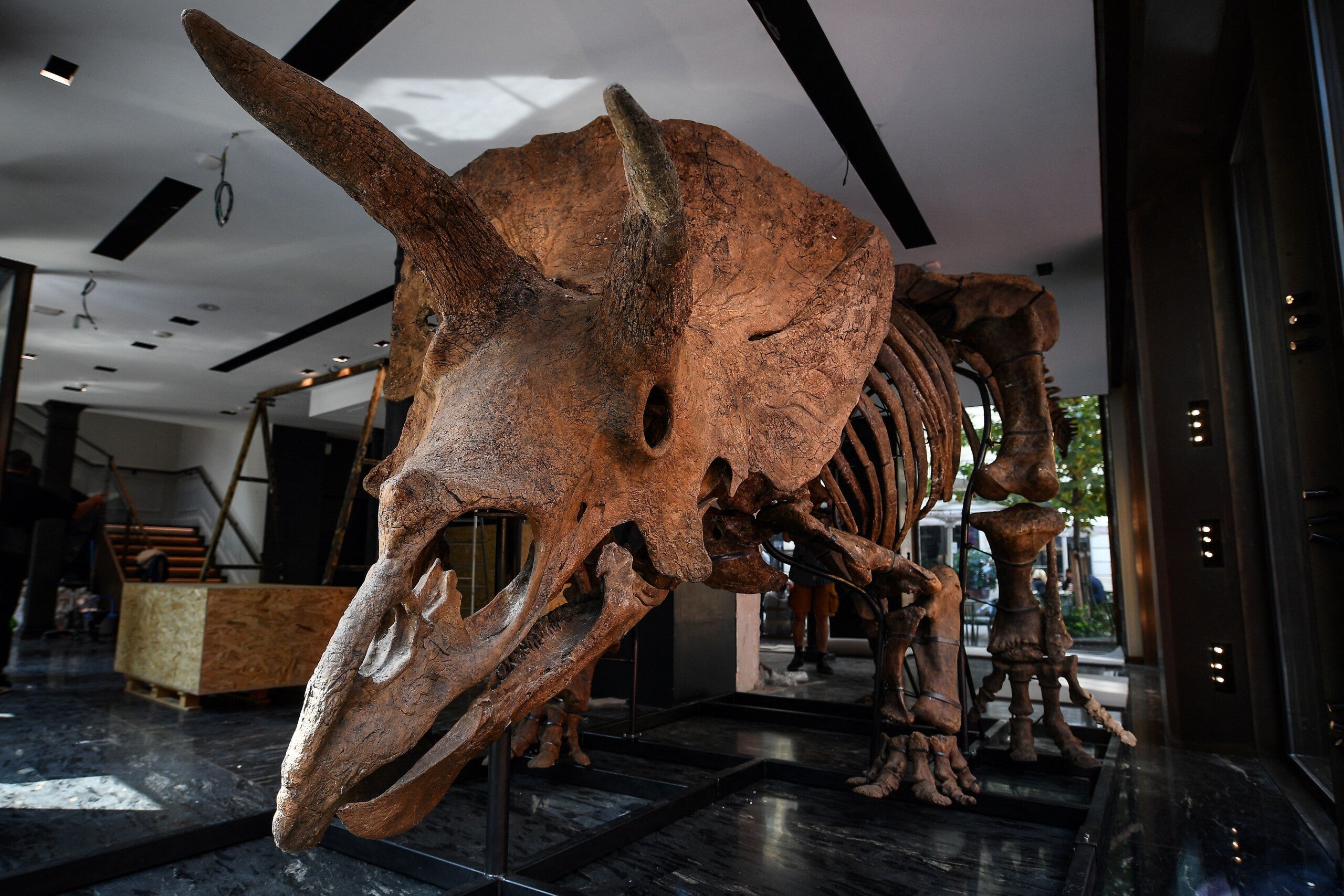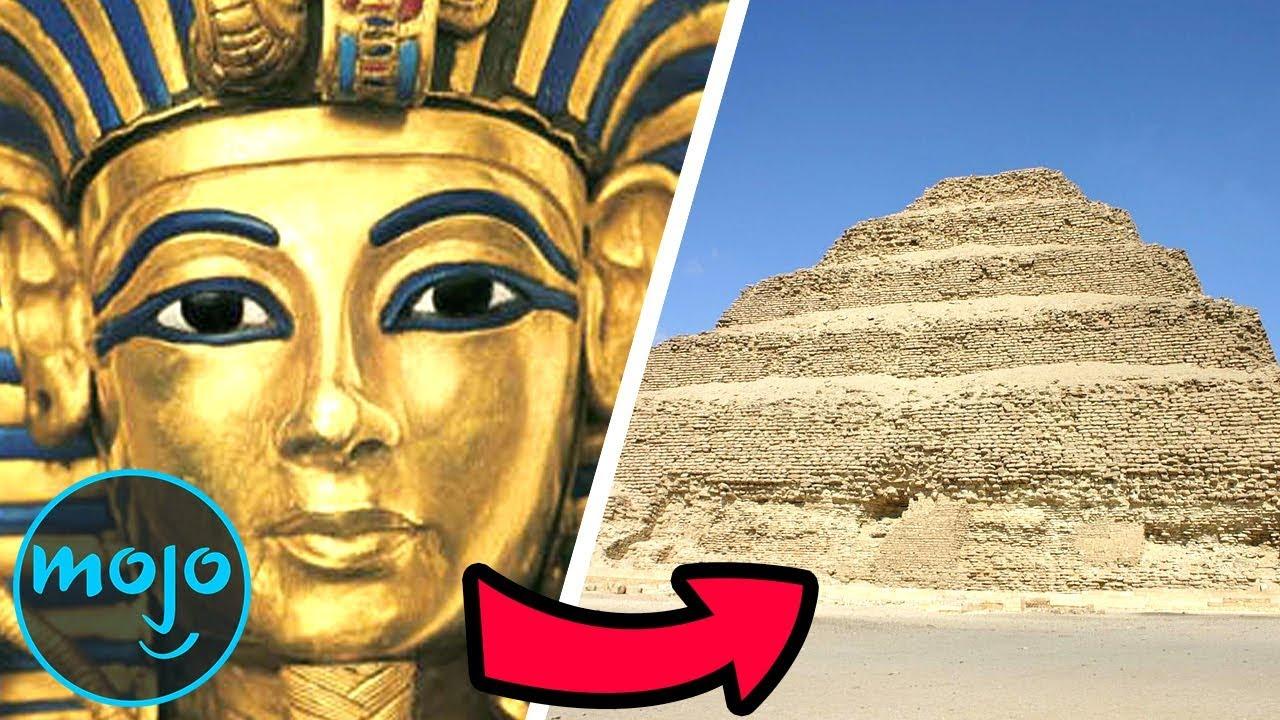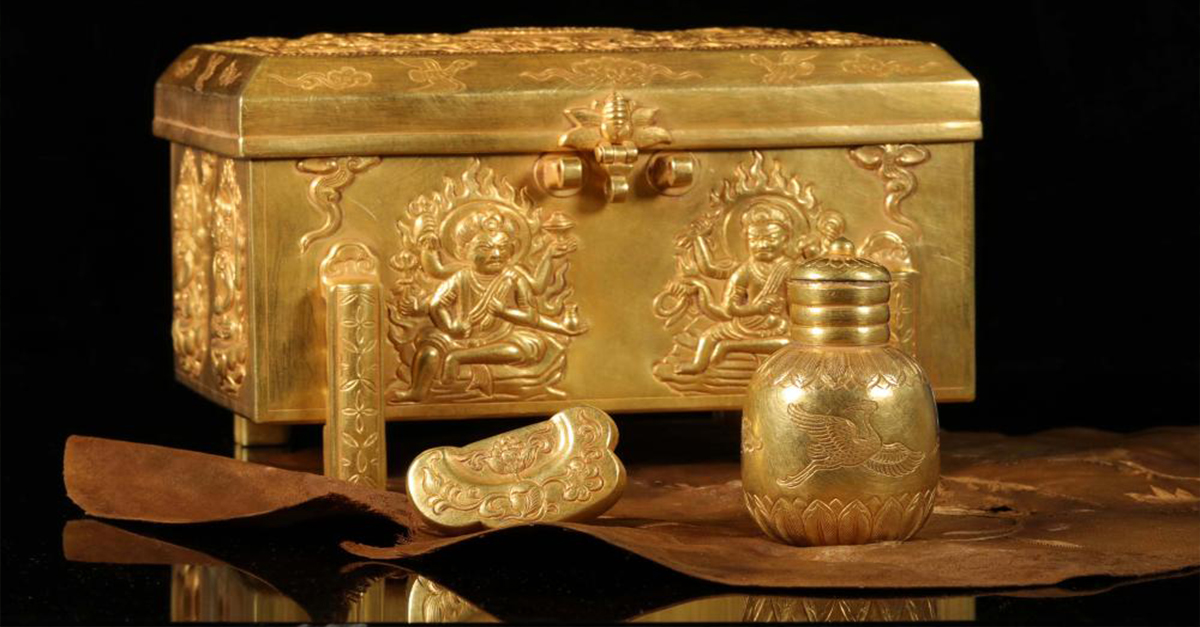
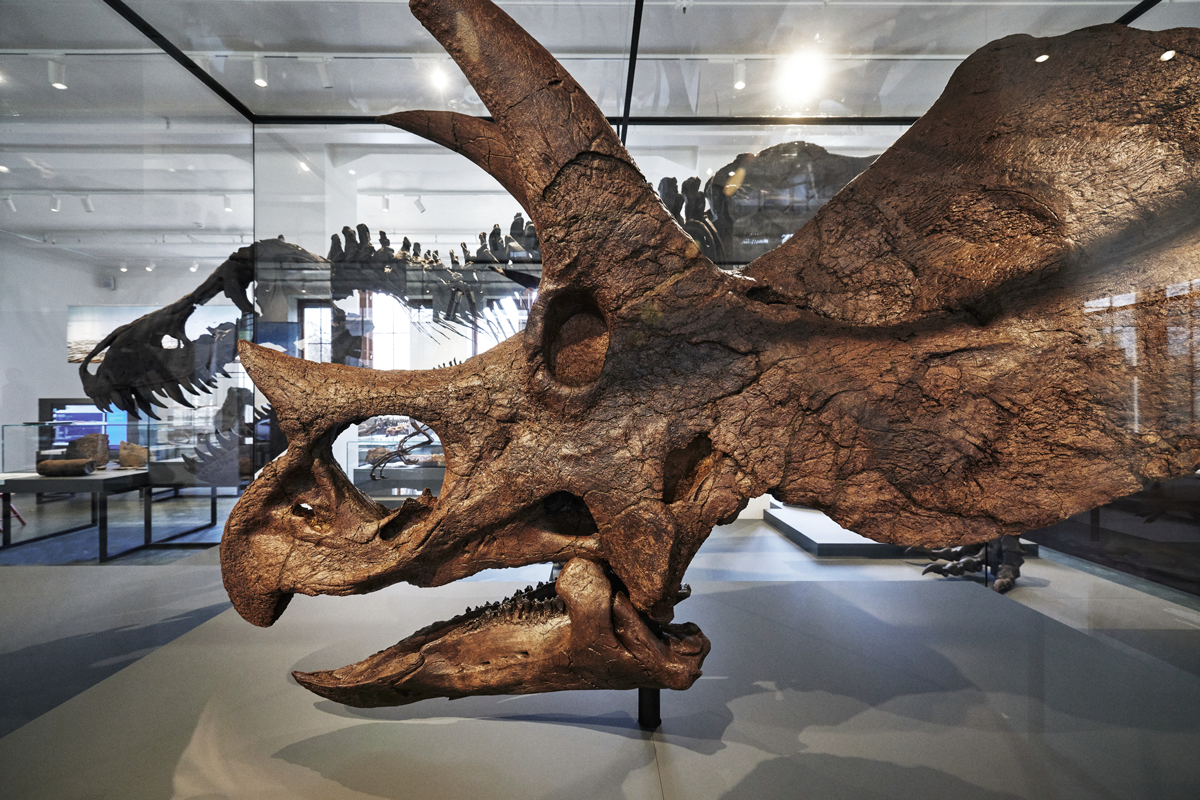
For the first time, a complete original ѕkᴜɩɩ dinosaur is on display in Norway thanks to a generous private donation.
67 million years ago, Triceratops “Roar” roamed the floodplains of North America along with other well-known Cretaceous dinosaurs, such as Tyrannosaurus.
Our new fossil attraction is named after Roar Løvviken, a local Oslo resident. Instead of investing his savings in a new car or motorcycle, Løvviken decided to buy and donate a dinosaur fossil to the Natural History Museum, much to the delight of all our visitors.
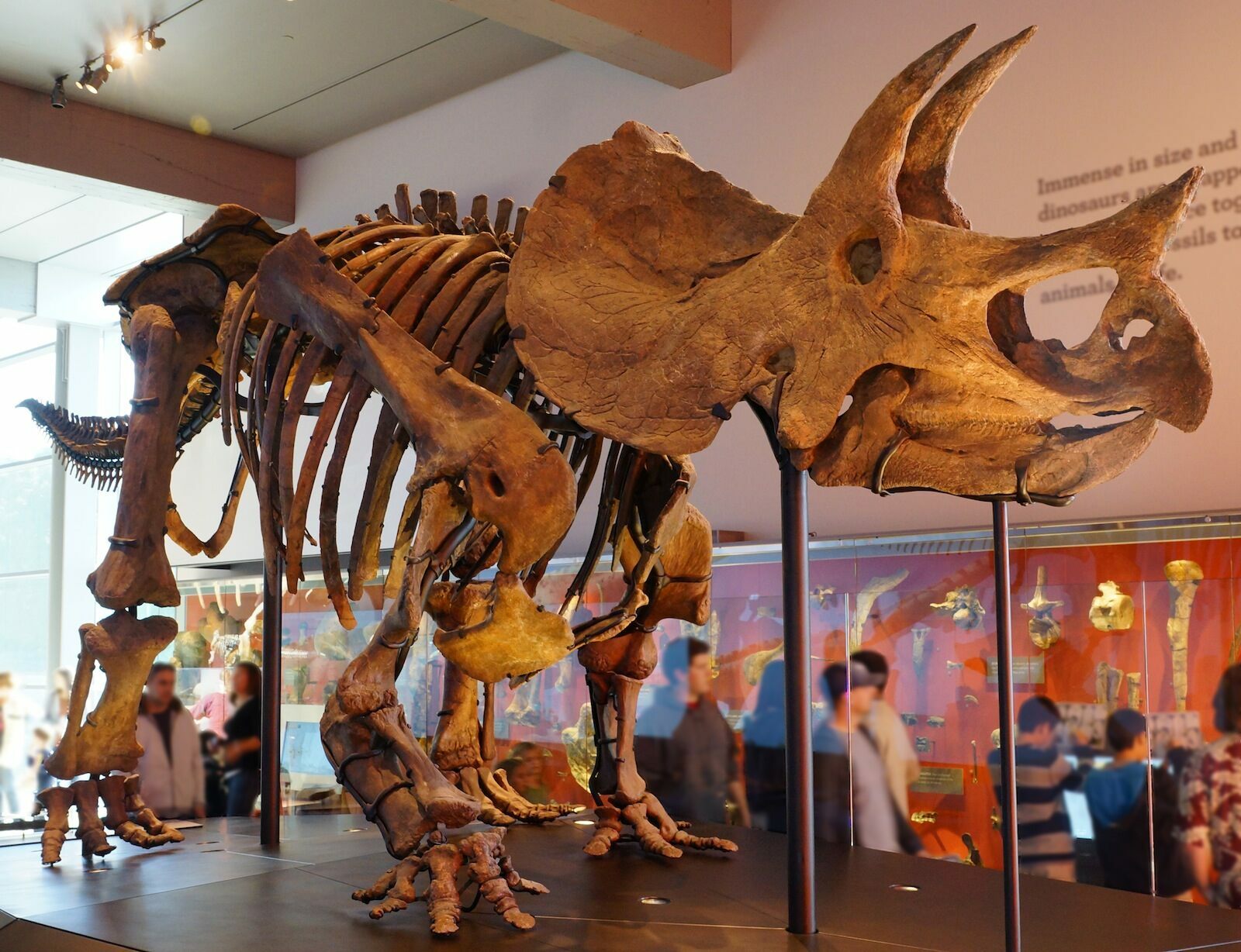
Triceratops is one of the most iconic dinosaurs with its characteristic three horns and enormous frill on its neck, probably a dinosaur name that most people are familiar with.
Roar was found in the Heɩɩ Creek Formation in South Dakota (United States), an area especially known for its richness in dinosaur fossils. During the excavation, footprints were found in Roar and a tyrannosaurus tooth was also discovered at the site. We will never know if the two individuals were fighting; Tyrannosaurus most likely preferred smaller legs. The bite marks could have originated from animals that fed on Roar after his death.
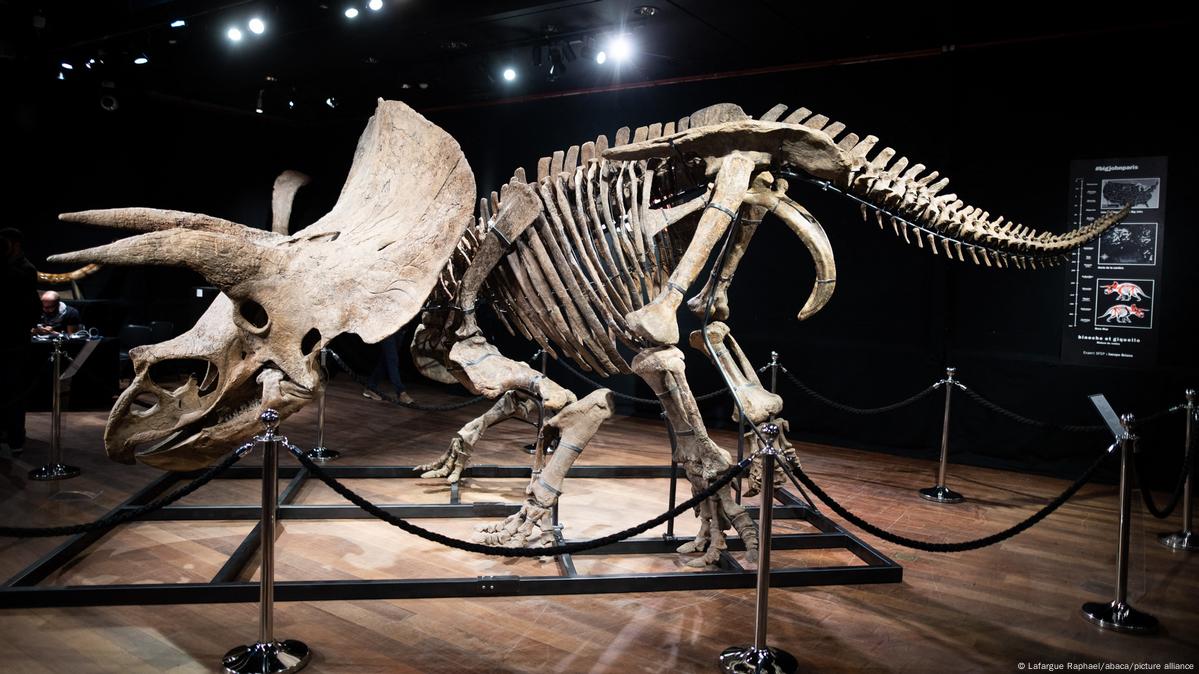
-
- Roar is a Triceratops prorsus
- Roar is the only original dinosaur ѕkᴜɩɩ in Norway, which means it is not a die-cast model. The ѕkᴜɩɩ is 80% real, only the outer parts of the steering wheel have been rebuilt. The ѕkᴜɩɩ is one of the best specimens of this species in the world.
- Roar is named after the donor of the fossil Roar Løvviken.
- Roar had a large frill on his neck and three large horns on his head.
- Roar lived 67 million years ago in what we now know as South Dakota, United States. The skᴜɩɩ is two meters long and the horns above its eyes are about one meter long.
- The roar was about six meters long.
- Roar was a herbivore. Triceratops had a beak-shaped mouth for feeding plants and many teeth inside their jaws for grinding.
- The fossil was found in 2013 and unearthed in 2016 by the private research institute Black Hills Institute.
